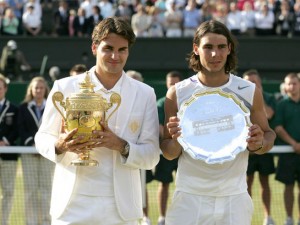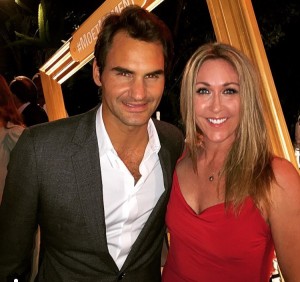2018 will mark the second year in which a period of three weeks runs in between the end of the French Open and the start of Wimbledon. The slight extension of off time between tennis grand slam events may seem like a minor detail, thing but in the extremely structured, overly-micromanaged big money global sporting universe, this is a big deal.
With every event and tournament, there is an extensive amount of energy put into making sure optimum exposure, on multiple levels, is achieved. You have to make considerations for sponsorships, facility needs, venue concerns, athletes, the athletes supports staff and so much more. With so many different competing interests, you better believe that it takes years of behind the scenes maneuvering by the game’s powers-that-be to make this one shift come to fruition.
This extension also serves as a metaphor for another behind-the-scenes shift that has been take place in many sports such as tennis. We’re seeing a shift in the ages of when many elite athletes reach their primes. More extensive body care, improved recovery science and cutting edge technology has lead to older athletes having better careers later in life.
In the same way that elite athletes have extended their shelf lives, tournaments have had to adapt their schedules to facilitate the demands of world class athletes.
Roger Federer is enjoying a second summer of his career that nobody could have predicted. He is currently the favorite to lift the golden-pineapple-topped trophy on the hallowed Wimbledon lawns this tournament, with odds of 13/8.
Having had a storied career with multiple grand slam titles, which has seen him vaulted to greatest tennis player of all time status, he then spent four years in what for him must have felt like the wilderness, even though it was a career many professionals would have looked back on with pride.
Time and again younger, stronger and seemingly fitter rivals were beating him, but he turned that around 18 months ago and won three more slam events.
How did he do it?
The seeds of Federer’s longevity are not just his use of cutting edge techniques and technologies, but the clever way in which his game is built. Because he’s an offensive player, he always ends up running fewer miles than his opponents, even in loses (which, during his imperial phase, was very seldom).
His backhand was either a low impact slice, or, to terminate a rally he would release the slight flick of his wrist to come over the ball and leave a rival stranded and red-faced at the baseline.
When Federer takes to the immaculately crafted grass court at 2pm local on Monday, none of the fans in attendance, or watching on television, will be thinking about all the logistical, behind-the-scenes factors that went into making this moment manifest, but these matters of basic necessity will be extremely important as Roger begins to swing his racket with authority.
Read more about Federer’s longevity in Betway Insider’s latest blog.



